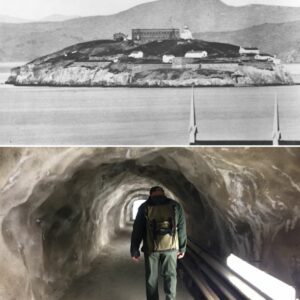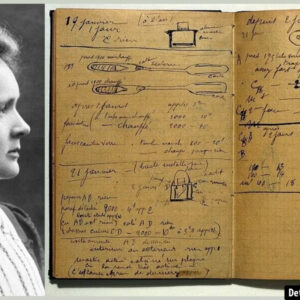The heart-wrenching journey to identify and honor a lost airman, nearly 80 years after his sacrifice during WWII, has come to a long-awaited end. The story of 2nd Lt. Robert T. McCollum, a U.S. Army Air Forces bombardier who went missing in action during a tragic air collision over the Baltic Sea in 1944, is a tale of perseverance, scientific advancement, and the emotional healing that comes with closure. The Defense POW/MIA Accounting Agency (DPAA) officially confirmed McCollum’s identification on December 10, 2024, bringing peace to a family that had waited for decades to finally bring their loved one home.
The Tragic Crash of June 20, 1944
The day was June 20, 1944, and McCollum, a 22-year-old bombardier aboard a B-24J Liberator bomber, was part of a pivotal operation over Nazi-occupied Europe. However, disaster struck when McCollum’s bomber collided mid-air with another B-24 while flying over the Baltic Sea off the Danish coast.
The crash was catastrophic. While the pilot and co-pilot of McCollum’s plane managed to bail out and survive, McCollum, along with the other crew members, perished in the violent crash. The war effort was at its peak, and McCollum’s squadron had been heavily involved in attacking critical targets like factories and military installations in Berlin, Merseburg, and Münster. But despite the dangers of their missions, nothing prepared them for the fateful crash that would change their lives forever.
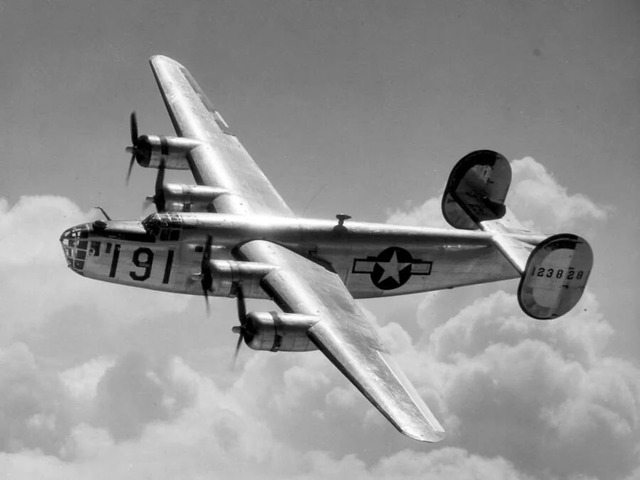
The U.S. War Department swiftly declared McCollum deceased the day after the incident. The crew’s efforts to search for him were unsuccessful, and as time passed, McCollum was eventually declared “nonrecoverable” in 1950, leaving his family and the nation without answers.
Video
Watch the video as the remains of a WWII soldier are finally brought back home after 80 years.
McCollum’s Service and Heroic Role
Robert McCollum was more than just a casualty of war; he was a dedicated serviceman who contributed significantly to the Allied cause. Serving in the 565th Bombardment Squadron, part of the 389th Bombardment Group, McCollum participated in missions that were crucial to the success of the strategic bombing campaign against Nazi Germany. His unit was responsible for bombing key military and industrial sites, helping to weaken Germany’s war machine. Among their notable operations was “Big Week” in February 1944, a concerted effort aimed at crippling German aircraft production.
McCollum’s role as a bombardier was vital. He operated one of the most powerful weapons of the war—an aircraft that carried bombs meant to destroy the enemy’s infrastructure. But as was common for many airmen during WWII, McCollum’s fate was sealed not by his bravery or his skill, but by the cruel randomness of warfare.
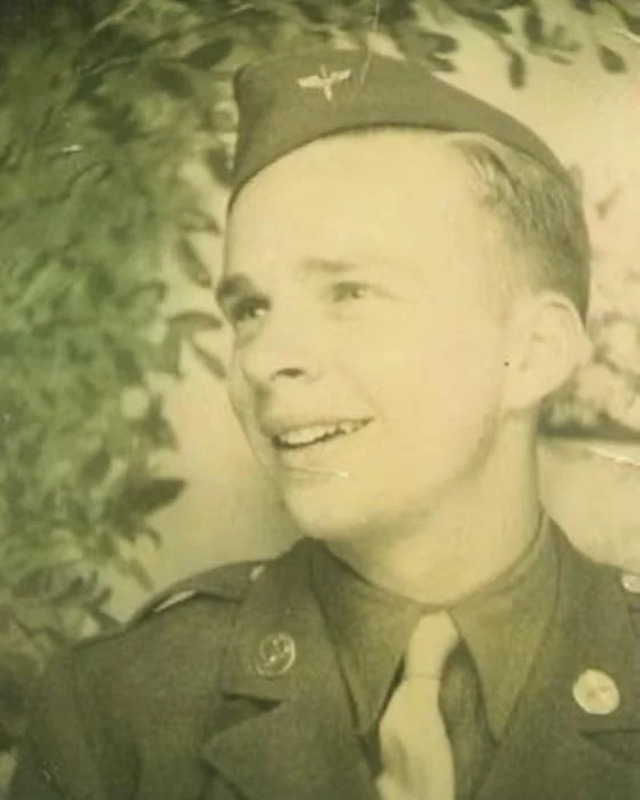
The Search for McCollum: Decades of Uncertainty
The efforts to locate McCollum and the other crew members of his bomber were persistent but ultimately futile for decades. In 1948, the American Graves Registration Command (AGRC) undertook an investigation but could not recover any remains. Over the years, other investigations sought to assess unidentified remains that had washed ashore near the Baltic crash site, but no conclusive identification was made. Despite these failures, the desire to bring closure remained a beacon of hope for McCollum’s family.
In 1950, McCollum was declared non-recoverable, and his name was inscribed on the Wall of the Missing at the Cambridge American Cemetery in England. It seemed that McCollum’s story had become another tragic, unsolved mystery of WWII.
A Breakthrough: The Discovery of Wreckage in 2019
In 2019, the long-dormant search for McCollum’s remains was reignited with a breakthrough discovery. Danish divers exploring the Baltic Sea stumbled upon wreckage from a WWII aircraft in the vicinity of McCollum’s last known location. Among the items retrieved was a .50-caliber machine gun, bearing a serial number that partially matched McCollum’s B-24J Liberator. Though the gun was damaged, it served as a vital clue. The wreckage was discovered in relatively shallow waters, and with new advances in technology, a multinational recovery mission was launched to investigate further.
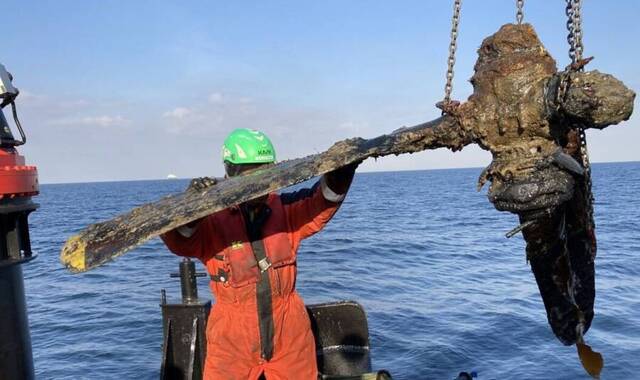
The Recovery Mission: Multinational Collaboration
The recovery operation was a complex, multinational effort involving Project Recover, the University of Delaware, Trident Archaeology, Wessex Archaeology, the Royal Danish Navy, and the Langelands Museum. The task was not easy—surveying the wreck site, mapping the debris, and clearing unexploded ordnance were just some of the many challenges the team faced. Between 2021 and 2024, underwater surveys and excavations took place, and human remains were recovered from the site. These remains, along with material evidence and identification tags, would provide the key to McCollum’s identification.
It was a painstaking process, but the dedication of the international team of archaeologists, divers, and military experts paid off. After years of waiting, McCollum’s family finally had the hope they had longed for.
The Identification Process: Dental, Anthropological, and DNA Analysis
Once the remains were recovered, the process of identification began. Utilizing a combination of dental analysis, anthropological assessments, and cutting-edge DNA testing—both mitochondrial and autosomal—scientists were able to conclusively identify McCollum. The process took time, but as the evidence began to align, it became clear that this was indeed the long-missing airman.
The identification of McCollum marked a significant achievement in the field of forensic archaeology and served as a tribute to the ongoing efforts to bring home those lost in the line of duty. After nearly eight decades, the young airman who had been written off as “nonrecoverable” was finally accounted for.
A Final Resting Place: Bringing McCollum Home

With McCollum’s identification confirmed, the next step was to bring him home. For years, his name had been etched in stone, a symbol of the uncertainty and loss that haunted his family. But now, the news of his identification meant that his family could finally bring him to rest in San Jose, California. Plans were made for a burial with full military honors, allowing his family to say goodbye with the respect and dignity that had been denied to them for so long.
McCollum’s remains will be interred in a place of honor, and his name will be forever inscribed on the Wall of the Missing, with a special rosette placed next to it to signify that he has been accounted for. It is a powerful reminder of the sacrifices made during WWII and the enduring effort to ensure that those who served are never forgotten.
Conclusion: Honoring the Past and Embracing Closure
The story of 2nd Lt. Robert T. McCollum is one of perseverance, heartbreak, and ultimate triumph. After nearly 80 years of uncertainty, his family can finally mourn their loss with the knowledge that he is coming home. This journey is not just a testament to McCollum’s bravery and sacrifice but also to the tireless efforts of those who refuse to let the stories of our fallen heroes fade into the past.
As McCollum is laid to rest, his story serves as a reminder of the sacrifices made during WWII and the importance of honoring those who served. Through the collective efforts of individuals and organizations across the world, McCollum’s legacy will continue to inspire future generations, ensuring that he is never forgotten.
Video
Watch the video as, 80 years after her father’s mysterious death in WWII, a daughter finally uncovers the truth.

